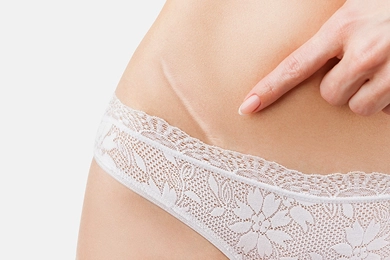
Surgeries are often vital steps to improve health, but they can leave behind scars that are particularly bothersome for those with aesthetic concerns. Traditional treatments may not always be effective enough in reducing scars, leading many to seek alternative solutions. In recent years, stem cell therapy has emerged as a revolutionary method to reduce surgical scars. So, how does stem cell therapy help reduce surgical scars? In this article, we’ll explore the answer with scientific evidence.
Stem cell therapy involves injecting stem cells, which promote tissue regeneration, into damaged or scarred tissues. Fat-derived stem cells (also known as stromal vascular fraction - SVF) are particularly effective in promoting skin renewal and helping surgical scars become less noticeable. These cells support the body's natural healing processes, resulting in smoother, healthier skin.
The impact of stem cell therapy on surgical scars is backed by scientific research. This treatment not only accelerates wound healing but also helps restructure scar tissue. Scar tissue typically forms when collagen fibers accumulate irregularly. Stem cells help eliminate this irregularity, encouraging more uniform tissue formation.
The most effective time for stem cell therapy is within the first few weeks after surgery when wounds are newly healing. However, stem cell therapy can also deliver impressive results for older scars. Even scars that have been present for years, known as chronic scars, can be successfully treated with stem cell therapy.
For New Surgical Scars:
The first few weeks after surgery are the ideal time to apply stem cells. During this period, rapid cellular regeneration can occur, minimizing scar tissue formation.
For Chronic Surgical Scars:
Stem cell therapy can also be applied to older, long-lasting scars. In such cases, the treatment works by restructuring the skin tissue, resulting in a smoother appearance.
Stem cell therapy is effective for treating a variety of surgical scars, including aesthetic surgery scars, orthopedic surgery scars, C-section scars, and scars from general surgery. The treatment is effective not only for large, prominent scars but also for smaller, finer surgical scars.
Scientific studies show that stem cell therapy has high success rates for treating surgical scars. Various clinical trials report that 70-90% of patients experience significant reductions in scar appearance. Early post-surgical treatment tends to deliver the best results, but even older scars show marked improvement.
The application of stem cell therapy requires specialized expertise and is performed in high-tech laboratories. The process involves isolating stem cells from the patient’s own fat tissue in a lab, which are then injected into the scar area. This process is personalized for each patient, with a tailored treatment plan.
Because stem cell therapy uses cells from the patient’s own body, there is no risk of biological incompatibility. This eliminates the risk of allergic reactions or rejection. However, as with any surgical procedure, there may be temporary side effects such as minor bruising, mild swelling, or tenderness at the injection site.
After treatment, patients can usually return to their daily activities quickly, with a rapid recovery process.
“Scientific research and clinical experience show that stem cell therapy is a highly effective method for reducing surgical scars. Fat-derived stem cells support the skin’s natural renewal process and restructure scar tissue to make scars less visible. Whether your scar is new or old, stem cell therapy can help you achieve smoother and healthier skin.”
 Factors Exacerbating Lipedema: Triggering Drugs, Foods, and Supplements
Factors Exacerbating Lipedema: Triggering Drugs, Foods, and SupplementsLipedema is a common chronic condition, particularly among women, that leads to abnormal fat accumulation in areas such as the legs and hips, significantly reducing the quality of life. This article discusse ...
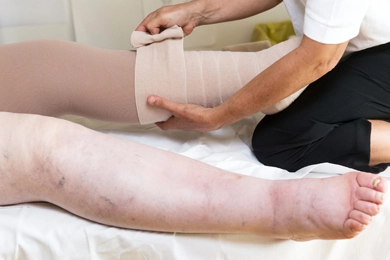 Understanding the Distinctions Between Lipedema and Lymphedema
Understanding the Distinctions Between Lipedema and LymphedemaLipedema and lymphedema are often confused due to their similar names and some overlapping symptoms. However, they are distinct medical conditions with different causes, treatments, and management strategies ...
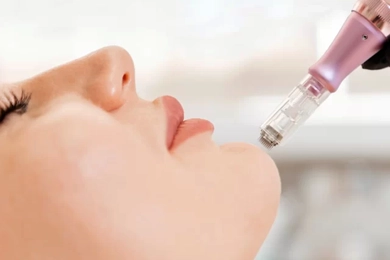 What is the Best Source of Exosomes?
What is the Best Source of Exosomes?Exosome therapy has emerged as an innovative treatment method for skin rejuvenation, hair loss prevention, wound healing, and immune support. The effectiveness of exosomes depends heavily on their source, ex ...
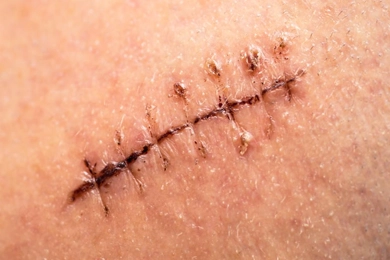 What Can Be Done to Prevent Stitch Scars?
What Can Be Done to Prevent Stitch Scars?Stitches, used after surgeries or injuries, help the skin heal but can often leave unwanted scars behind. The permanence of stitch scars depends on many factors, but with the right precautions, these scars c ...
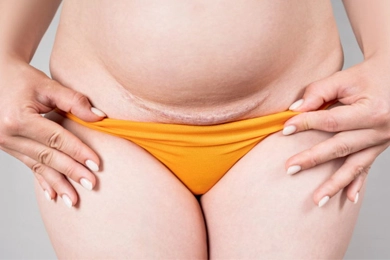 How to Get Rid of Surgical Stitch Scars?
How to Get Rid of Surgical Stitch Scars?After surgery, scars from stitches are often part of the healing process. These scars can cause aesthetic concerns for many, but with the right treatments, their appearance can be significantly reduced. So, ...
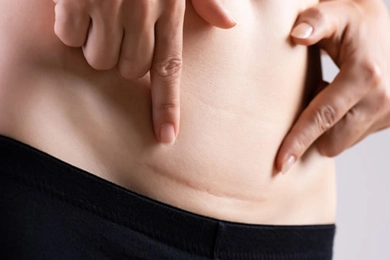 Does Stem Cell Therapy (SVF) Prevent Scar Formation on the Skin?
Does Stem Cell Therapy (SVF) Prevent Scar Formation on the Skin?Scarring is a natural part of the body’s healing process after injuries, surgeries, or trauma. However, excessive scarring can sometimes lead to aesthetic concerns or functional limitations. Recent studies s ...
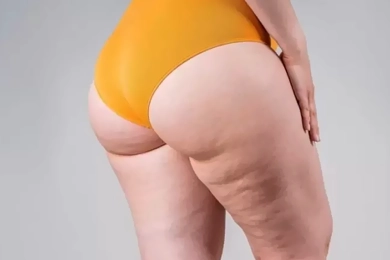 Advantages of Having Lipedema Surgery in Turkey
Advantages of Having Lipedema Surgery in TurkeyTurkey has become a global hub for lipedema surgery due to its skilled surgeons, modern facilities, and affordable healthcare options. In this post, we’ll explore the advantages of having lipedema surgery in ...
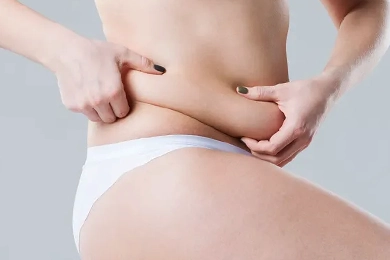 Why You Should Get a Tummy Tuck in Turkey
Why You Should Get a Tummy Tuck in TurkeyWhen considering a tummy tuck (abdominoplasty),selecting the right country for the procedure is crucial. Turkey has emerged as one of the top destinations for medical tourism, especially in the field of cosm ...
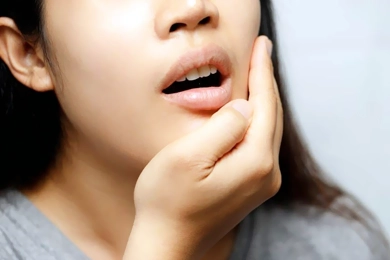 What Causes Teeth Grinding?
What Causes Teeth Grinding?Teeth grinding, also known as bruxism, is a common issue that can affect both children and adults. This involuntary habit usually occurs during sleep but can also happen during the day. If left untreated, te ...
 Is There an Age Limit for Facial Stem Cell Therapy?
Is There an Age Limit for Facial Stem Cell Therapy?Facial stem cell therapy has become a popular option for those looking to rejuvenate their skin and combat signs of aging. This innovative procedure involves using a patient’s own stem cells to stimulate col ...
 Does Stem Cell Facial Rejuvenation Cause Cancer?
Does Stem Cell Facial Rejuvenation Cause Cancer?Stem cell facial rejuvenation has emerged as a cutting-edge anti-aging treatment in recent years. This procedure uses stem cells extracted from the patient's own body, which are then processed and injected i ...
 How Long Do the Effects of Facial Stem Cell Therapy Last?
How Long Do the Effects of Facial Stem Cell Therapy Last?Facial stem cell therapy has gained significant popularity in recent years as a powerful anti-aging treatment. By using stem cells from the patient's own body, this procedure helps rejuvenate and refresh the ...
 Are HIFU Results Permanent?
Are HIFU Results Permanent?High-Intensity Focused Ultrasound, commonly known as HIFU, has gained popularity as a non-surgical treatment for skin tightening and lifting. But one of the most frequently asked questions is: Are the result ...
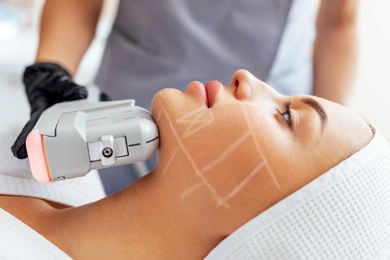 How Long Do the Effects of Non-Surgical Face Lifting (HIFU) Last?
How Long Do the Effects of Non-Surgical Face Lifting (HIFU) Last?Non-surgical face lifting methods, especially HIFU (High-Intensity Focused Ultrasound),have become a popular choice for skin tightening and rejuvenation. But one of the most common questions is: how long do ...
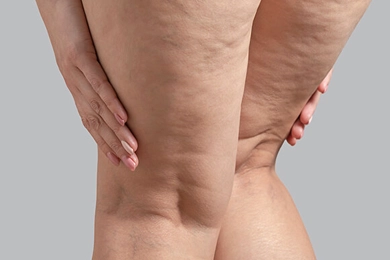 How to Know If You Have Lipedema: A Complete Guide
How to Know If You Have Lipedema: A Complete GuideA persistent medical condition called lipedema is sometimes confused with lymphedema or simply obesity. It is mainly affecting women and is characterized by an abnormal build-up of fat, usually in the arms a ...
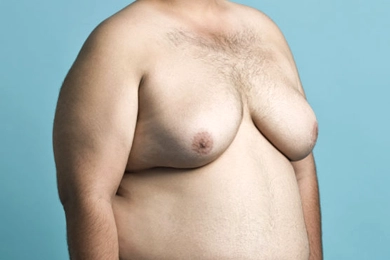 How to Know If You Have Gynecomastia?
How to Know If You Have Gynecomastia?If you suspect you have gynecomastia, it’s important to consult a healthcare professional. Your doctor will perform a physical exam, evaluate your medical history, and may order blood tests to assess hormone ...
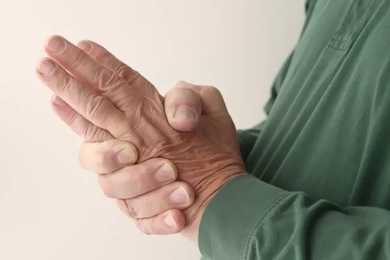 How to Prevent Inflammation?
How to Prevent Inflammation?Have you ever thought about why we age? While aging is a natural process, recent research has shown a surprise component that accelerates it: chronic inflammation. ...